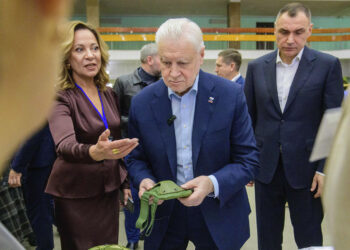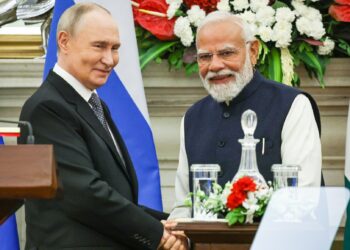MOSCOW (Realist English). Russia and Iran have agreed on the transit of 12 million tons of railway cargo per year through the Persian territory. In total, this is about 3 thousand trains. This is reported by the Iranian press, as well as Twitter of the Deputy Minister of Roads and Urban Development of Iran Mehdi Seyed-Salehi, who visited Moscow on a two-day visit.
The route through Astrakhan from the Russian side to the Iranian port of Bandar-e Anzalī, further along the railway to the ports of Iran in the Persian Gulf. Thus the sleepy Caspian Sea becomes a trading window to the world for Moscow. There are no adequate railway arteries through Azerbaijan for transit.
In addition, there is an ancient problem with different track widths and an equally ancient problem with the reliability of intermediaries who will invite NATO to the Caspian Sea or begin to duck with such an invitation. During the year, Russia and Iran also tested delivery via Kazakhstan and Turkmenistan. However, the trans-Caspian route is preferable because it reduces the number of counterparties.
Adding to the intrigue is the fact that the Iranian parliament recently ratified the accession to the SCO, with the signing of the relevant charters and treaties.
The North-South trade axis between Moscow and Tehran can be put on a par with the strategy of the New Silk Road, and by historical analogy – with the Way from the Varangians to the Greeks. The new trade artery creates healthy competition for the growing dependence on China. Trade with China is becoming not without alternative for Moscow. Prospects for trade with India, Pakistan and Bangladesh are opening up through Iran.
This is an excellent incentive to develop trans-Caspian sea transportation and ports. By the way, Kazakhstan keeps its nose to the wind. The water area is suddenly revived. Back in the summer, it was reported that Astana plans to launch 10 ferries across the Caspian Sea and create a container port in Aktau.
The North-South axis is a natural counterbalance to the Turkish presence and Turkish ambitions in the region. Even geometrically, it interrupts the tentacle of the so-called “Turan”, which is crawling to Central Asia through Transcaucasia.


















